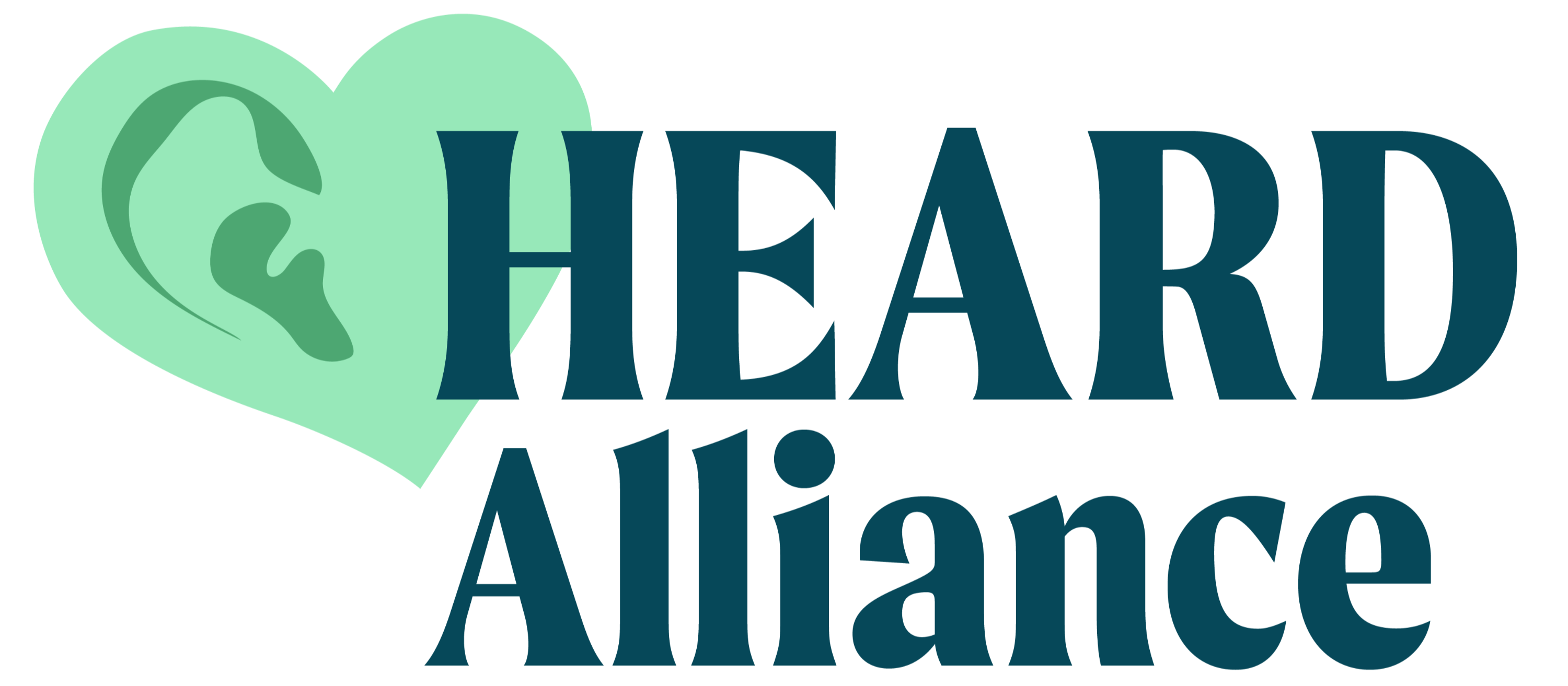Puberty & Development Resources for Youth & Families
- Mili Mehta
- Apr 15
- 2 min read
Updated: 6 days ago
Between the ages of 8 and 18, kids and teens go through physical, emotional, and social changes as they grow into adulthood, also known as puberty. This includes things like growing taller, developing new body hair, acne, mood swings, and more. It’s a time when emotions can feel intense, moods may shift quickly, and questions about identity, relationships, and self-worth start to surface. These changes are a normal part of development, but they can also feel confusing or isolating.
Everyone’s experience with puberty and development is different—and that’s okay. The puberty and development resources below are here to help youth, families, and caregivers better understand this stage of development, and know what’s normal, what to expect, and how to talk about it openly.
Find our recommended puberty and development resources for youth, young adults, their families, as well as broader community allies below.
Puberty and Development Resources for Youth
A nonprofit sex education platform for youth, offering animated, age-appropriate videos and articles to explain puberty, periods, body changes, gender identity, and more in a fun, accessible way.
A UK-based health education platform created for teens, with teens, that offers honest, relatable articles on puberty, body changes, periods, hygiene, and emotional wellbeing.
Scarleteen > An independent, queer, and inclusive sex and health education resource for teens and young adults offering in-depth, gender-inclusive articles and Q&As about puberty, emotional changes, body image, and self-expression
A health education site from Nemours Children’s Health explaining what to expect during puberty in simple, kid-friendly language, covering body changes, emotions, and growing up.
An inclusive, parent-led educational platform offering shame-free, gender-inclusive guides and conversations around puberty, identity, and body confidence.
Puberty and Development Resources for Parents, Families, Caregivers & Schools
A nonprofit platform offering age-appropriate sex ed tools and providing videos, guides, and conversation starters to help parents and educators talk openly with kids and teens about puberty, body changes, and emotions.
A trusted source developed by pediatricians providing evidence-based information on growth, emotional development, teen hygiene, and parenting strategies.
An inclusive, parent-led educational platform offering shame-free, gender-inclusive guides and conversations around puberty, identity, and body confidence.
A nonprofit focused on youth mental health and learning disorders, this article explores how early puberty can impact a child’s emotional wellbeing, with guidance for parents on support and communication.
Australia’s national parenting website, backed by experts, offering practical, age-appropriate advice for parents on how to talk about body changes, emotions, and identity during puberty.
A nonprofit advancing sexual health and education and offering inclusive lesson plans that cover body changes, healthy relationships, and self-esteem for K–12 classrooms.
A national advocacy organization that provides support for implementing inclusive and age-appropriate puberty education at school and district levels.














